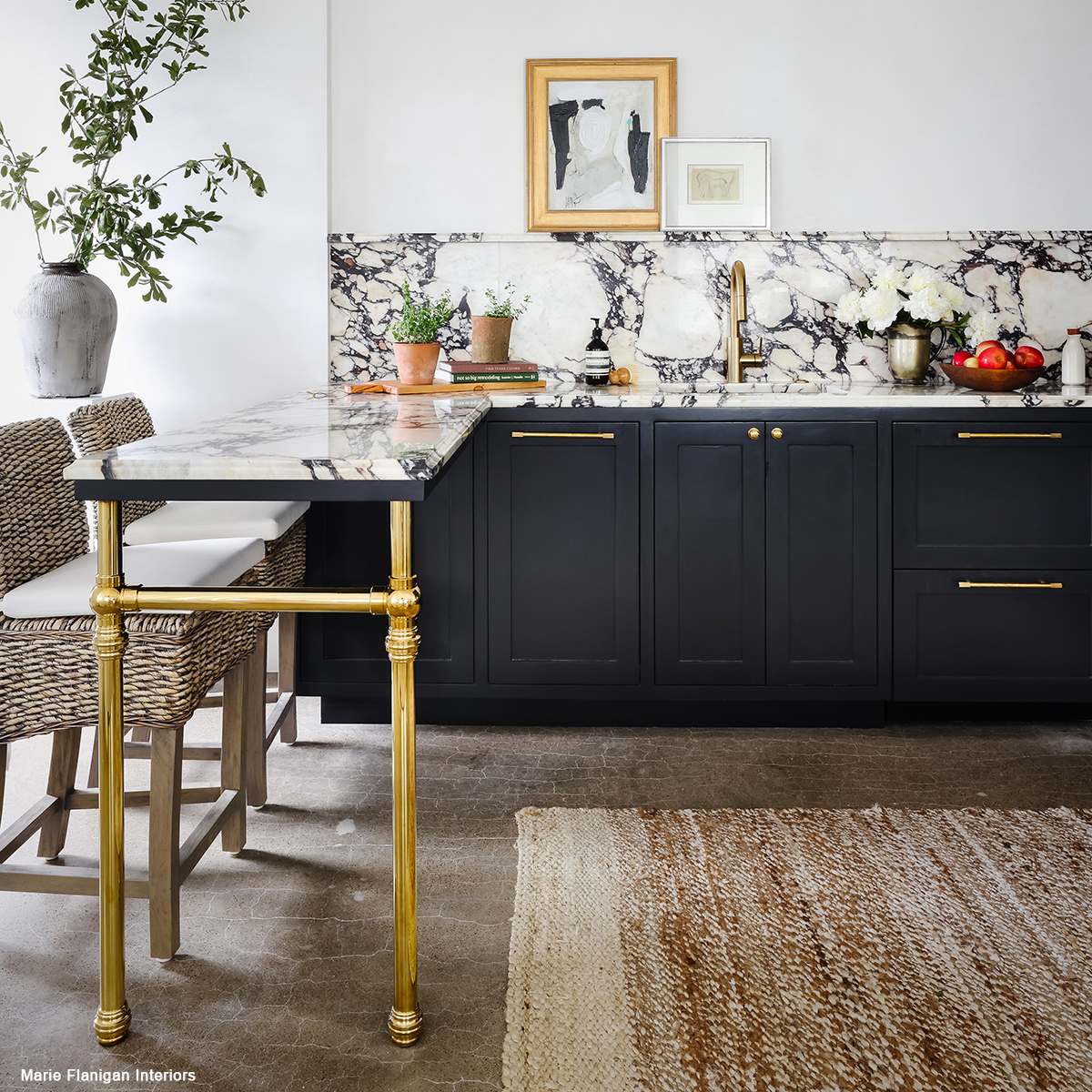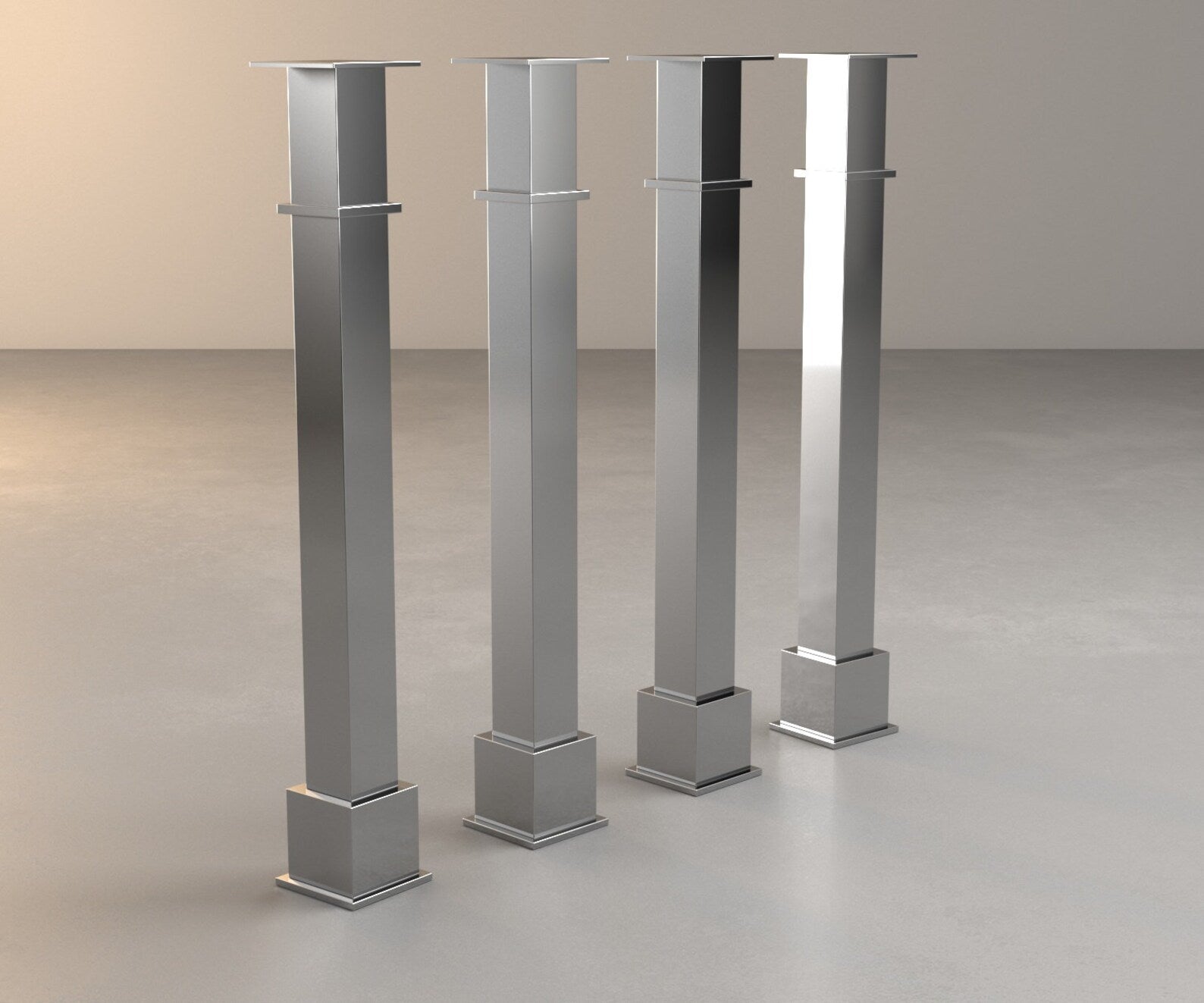Explore Modern and Classic Layouts in Legs For Kitchen Island Jobs
Important Aspects to Think About When Picking Legs For Kitchen Island
Picking the suitable legs for a kitchen area island involves a cautious assessment of several factors that can substantially affect both performance and aesthetic appeal. Among these, the selection of material plays a critical function in making certain sturdiness, while the style has to enhance the existing style. In addition, factors to consider such as elevation and weight assistance are important for security and comfort. As we explore these components, it comes to be clear that each decision can have far-reaching implications for the general kitchen experience. What subtleties should be thought about in each of these categories to attain the perfect equilibrium?
Material Options
When choosing legs for a cooking area island, recognizing the different product choices is crucial for achieving both aesthetic charm and structural stability (Legs For Kitchen Island). The option of material substantially affects not only the durability of the island yet additionally its overall style and capability
Wood is a popular choice, using warmth and flexibility. Strong woods, such as oak or maple, provide toughness and can be stained or repainted to match the kitchen area decoration. Steel legs, typically made from stainless-steel or functioned iron, contribute a modern-day and commercial feeling while ensuring longevity and security. These materials are immune to use and can sustain substantial weight, making them ideal for larger islands.
One more option is engineered products, like MDF or plywood, which can be much more affordable while still providing an array of surfaces. They may not supply the exact same degree of security as solid timber or metal. Legs For Kitchen Island. Products such as acrylic or glass can develop a modern appearance, though they may require additional support to make sure security.
Eventually, the choice of material for kitchen island legs need to line up with the preferred capability and the overall motif of the kitchen area.
Design and Layout

When thinking about style, the form and finish of the legs are essential. Tapered legs can provide a feeling of lightness and elegance, while thicker, a lot more robust legs can communicate stamina and security. Furthermore, the surface-- be it painted, stained, or natural-- must match the kitchen cabinetry and kitchen counter materials to develop a unified look.
Moreover, the style of the legs can additionally mirror individual preference. Personalized or attractive legs, such as those including complex makings or distinct geometric forms, can serve as focal factors, including personality and character to the kitchen area. Inevitably, the appropriate choice continue reading this will certainly not only improve capability but additionally boost the visual charm, making the cooking area island a standout attribute of the home.
Height Factors To Consider
Choosing the ideal elevation for kitchen island legs is vital, as it directly influences both capability and comfort. The common elevation for a cooking area island usually varies from 36 to 42 inches, straightening with typical counter top elevations.

It is additionally important to account for individuals' elevations and choices. Tailoring the elevation can ensure a comfortable experience for all relative, making the kitchen island a more satisfying and useful space.
Weight Assistance
Guaranteeing ample weight support for cooking area island legs is important for both safety and functionality. The kitchen island typically serves numerous functions, consisting of cooking, eating, and additional storage, necessitating a durable assistance framework. When picking legs, it is critical to take into consideration the overall weight capacity needed based upon the island's intended usage and the products that will be positioned on it.
The choice of material for the legs plays a significant role in their weight-bearing capacities. Strong timber, metal, and durable composites usually provide premium strength compared to lighter materials. Additionally, the design of the legs-- whether they view website are right, tapered, or have a pedestal form-- can affect their capacity to disperse weight efficiently throughout the structure.
Constantly speak with the manufacturer's requirements relating to tons restrictions to make certain that the legs can maintain the designated weight without compromising safety. In recap, picking cooking area island legs with appropriate weight support is necessary for creating a useful and risk-free cooking space.
Installment and Maintenance
Appropriate installation and upkeep of cooking area island legs are essential for ensuring long life and security. This usually entails protecting the legs to the island base using proper bolts, making sure that the legs are level and aligned.
As soon as mounted, normal upkeep is required to maintain the stability and look of the legs - Legs For Kitchen Island. For wooden legs, periodic cleansing with a damp cloth and application of ideal wood polish can protect against wetness damage and keep their surface. Steel legs may call for a mild cleansing remedy to eliminate grease and grime, followed by a completely dry fabric to avoid corrosion development
Additionally, evaluate the legs frequently for signs of wear or damage, such as fractures or loose joints. Tightening screws or bolts as needed can also prolong the life expectancy of the legs. By adhering to these installment and maintenance methods, homeowners can make certain that their cooking area island continues to be strong and aesthetically appealing for years ahead.
Conclusion

Aesthetic comprehensibility is extremely important in choosing the design and style of legs for a kitchen area island, as these elements greatly affect the overall ambiance of the space. Tapered legs can give a feeling of lightness and elegance, while thicker, a lot more robust legs can communicate strength and stability.Selecting the appropriate height for kitchen island legs is crucial, as it directly influences both Go Here performance and convenience. In summary, selecting cooking area island legs with sufficient weight assistance is necessary for developing a functional and secure culinary room.
In verdict, selecting legs for a kitchen island requires mindful consideration of different aspects, including product alternatives, style, elevation, weight assistance, and installment.